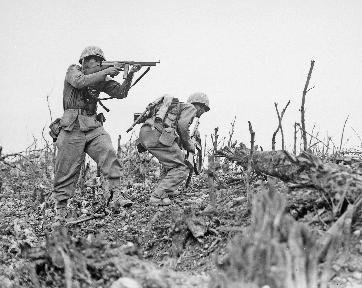Quiz Answer Key and Fun Facts
1. The Allied plan to begin a serious invasion of Europe in World War II involved an attack on which country?
2. What city was the German objective of the 1942 summer offensive?
3. When did Germany invade France and the Low Countries?
4. What was the operation name given to the Normandy Invasion of June, 1944?
5. What term was given to deserted POWs working for the Germans?
6. As Allied forces moved northward through Italy in early 1944, what was an objective that took four months to capture?
7. What was the greatest tank battle of World War II?
8. In 1940 over 300,000 Allied troops in northern France were surrounded and pushed back to the English Channel by the German Army. Most were rescued. What name has been associated with the rescue?
9. A 1944 battle along the Eastern Front took place for strategic positioning along the Narva River between Axis and Soviet forces. Where is the Narva River located?
10. What was the name of the massive Soviet summer offensive of 1944?
Source: Author
CmdrK
This quiz was reviewed by FunTrivia editor
gtho4 before going online.
Any errors found in FunTrivia content are routinely corrected through our feedback system.
